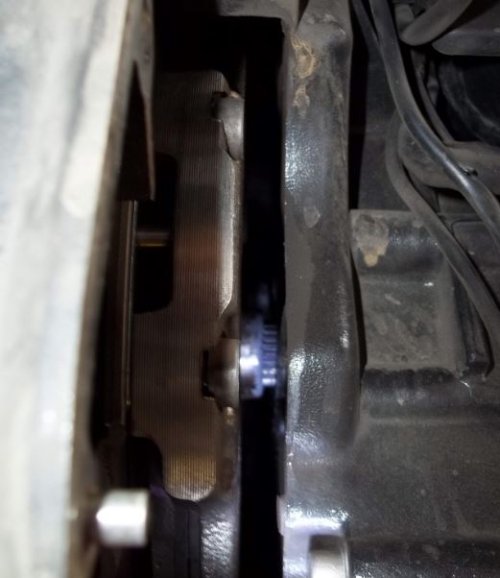I was over on Pelican forum learning how to remove the plastic cover for the R1100S starter, (well hidden 5mm hex bolt). Just because I lost a battery bolt down there somewhere, Then I fell down the rabbit hole regarding pulling the starter to see how the clutch spline looks after pulling in the clutch lever and tying it off. Then there was the possible way to lube the spline via that route. I know I saw a post somewhere re adapting a syringe of some kind. But folks on that forum debate the value of lubing the spline at all as failure in their opinion is misalignment of parts cases in some issues of the S
Any input or link to a thread I could not find here?.
Any input or link to a thread I could not find here?.



